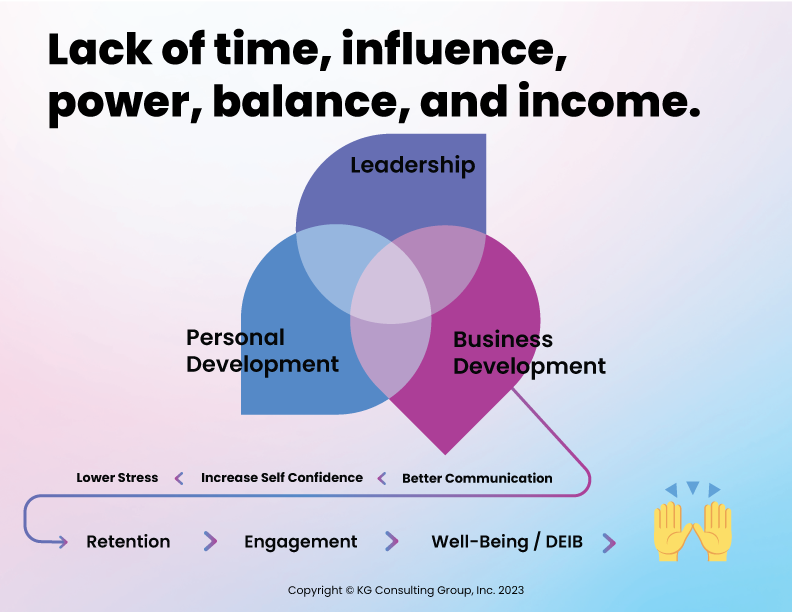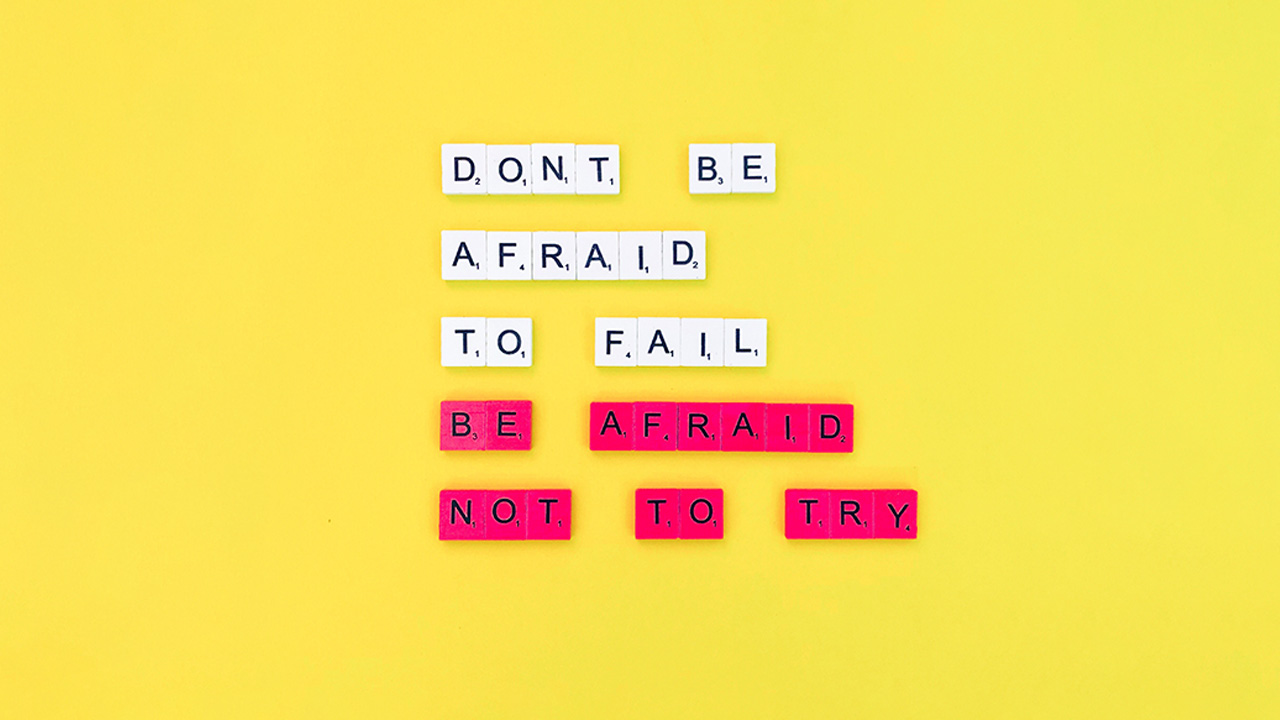How to Become A Transformational Leader
Written by Katy Goshtasbi
Posted on: November 14, 2023
Sadly, transformational leadership has become a buzzword over the years.In my world, as a transformational leadership coach, it is anything but that. Let’s talk about what transformational leadership is and how to become a transformational leader, including characteristics of transformational leaders and how to be coached to become one.
What is Transformational Leadership
The dictionary defines transformation as “to change completely in composition, structure, or character.”
Transformation is not merely a change, as I see it. “Change” involves doing something differently. Maybe you get a different haircut or make the switch from drinking coffee to tea in the morning. Maybe you drive to work a different route. That’s a change. That’s an event.
Transformation is way bigger than change. It leaves you altered and never the same again after you’ve gone through the events/changes.
One of the biggest obstacles to transformation of any kind is the fear of never being the same. What if I don’t like who I have become? What if others don’t like me anymore? What if I’m really happy and successful? These are all thoughts that go through our minds unconsciously when we consider being our greatest selves.
Looking at the definition of “transformation”, to change completely your character may seem scary. On the other hand, to stay stagnate, stuck and perhaps feeling in limbo is the most scary thing in life, never reaching your full potential and learning what you are capable of in order to serve your purpose.
I often hear clients proclaiming, “I only get to do this once”, meaning they live only once. Let’s just assume for the sake of argument that this is the truth, that you only live once. What’s more scary: never knowing and growing because you’re too afraid to be better OR changing your character completely and being amazing?
Transformational Leadership is to change completely in character and thus, lead from a place of being transformed. Transformational leadership has many facets but mainly reflected by leaders who are able to accept change in a healthy way. These leaders are willing to take a risk in order to show up great. They are humble, grounded, clear, focused, and about the greater good and purpose. They show up for those they lead as inspirational and authentic, willing to give of themselves, while still striking harmony to take care of themselves, knowing they are the vessel to growth and progress in the world.
Benefits include the obvious and then some. These leaders may not be leading huge numbers of followers. That’s not the point.
However, these leaders very naturally find themselves at the helm of organizations, events, and their communities often. It’s as if followers gravitate towards the transformational leader’s ease and grace around who they are because others can sense their integrity and self-confidence.
How to Become A Transformational Leader
Transformational leadership calls for effectiveness in many areas. To be effective, these leaders collaborate and gain support with their decision-making skills, presenting well, being influential/impactful, creating diverse and healthier workplaces, building a team, selling well and dealing with changes/transitions effectively.
Coaching leaders on being transformational leaders, I’ve come to identify the top 3 characteristics of transformational leaders and the 3 pitfalls to watch out for so you can create shifts to speed up your journey to transformational leadership.

Top 3 Characteristics of Transformational Leaders:
Curiosity
Truly transformational leaders are curious. They have expansive views on life, oftentimes reflected as creativity in the arts or hobbies. Curiosity allows them to remain nonjudgmental, giving constructive feedback to those they lead with ease and grace. Being nonjudgmental allows them to remain neutral, enhancing their ability to lead with focus and clarity in crisis situations. Leading with focus and clarity through crisis means that their followers trust them to do what’s best for the greater good and organization.
Courage
Truly transformational leaders are courageous. I tell every one of my clients how proud I am of them and how much they inspire me because they were courageous enough to show up and get coaching in order to be even greater. These leaders may not be leading huge numbers of followers. But they are willing to look at what they do well and what they could do even better. They are willing to put it all on the line in order to never be the same again- but be better and on their way to amazing.
Often when I coach CEOs of major companies and senior executives in organizations, I am in awe of their ability to get real with me, letting go of pretenses to allow me to be a sounding board, confidante and support for them. Their ego is only going to hold them back – they know it and want better.
Humility
Courage and humility go hand in hand. When my clients let go of their egos and show up, these transformational leaders are humble. Humble does not mean they are modest. Modesty implies being mediocre. Transformational leaders know they are not mediocre, but great.
They don’t have to force their greatness down others’ throats, thereby allowing them to show up for their followers as humble. If you observe truly transformational leaders, they are great listeners with the capacity to stay silent naturally. They do not need so much attention all the time. They KNOW they are great, they don’t need constant validation of their greatness.
Top 3 Pitfalls To Avoid On Your Way to Being A Transformational Leader
In order to become a transformational leader, you have to be willing to be coached. Every great individual has a neutral, sincere, direct coach who holds the space for transformational leaders to be born. I can’t do this alone for my clients. You have to allow yourself to become a transformational leader.
Here’s what to avoid:
1. Refusing to see the world as expansive. Seeing everything through the lens of science and applying linear thinking is excellent for producing substantive work. I can attest to this notion. As a lawyer, my left, linear, analytical brain is great for substantive legal work. The same applies for engineering, medicine, research, etc. However, as a transformational leader, you must be able to see beyond what is proven and in front of you.
Some would call that vision. I often see it show up as vision plus faith. Nothing is black and white to transformational leaders. Take some time and get self-aware of how you view your world. Could you stand to see the bigger picture better? Do you limit yourself to what you know and is right in front of you? Or are you willing to go out on a limb and see beyond what is safe and true for you? When you do so, you will find others are inspired by you and want to follow you.
2. Being judgmental and hard on yourself. Being judgmental and hard on yourself is not only uncomfortable and self-defeating, but it doesn’t allow you to show up as a transformational leader. When you judge yourself harshly and exhibit so much perfectionism perhaps, as a result, you shut the door to curiosity, humility and courage.
Reflect and journal on how often you criticize and attack yourself. We all do it. The key is to see it so you can pick a different pattern of thinking and being on your way to becoming a transformational leader.
3. Reverting to your vices. We all have a vice–or two. While none of us is proud of our vices, when you accept your vices, you can choose to let go of your vice(s) on your intentional plan to become a transformational leader.
The trouble in letting go of our vices is that we often don’t see our vices as negative. For example, I LOVE dark chocolate. I also can easily go into self-criticism and self-blame. Combine these two vices together and I can become a hot mess and lose my transformational leadership abilities.
Eating dark chocolate and beating up on myself is no way to live, but that’s only true if I first stop and witness the negative impact of my vices. Dark chocolate and self-blame may seem fairly innocent. However, any vice that allows a pattern to keep occurring without you living your best life is just that- a vice that stands to take away your inner peace and ability to lead and inspire others.
Stop and consider: what are your vices? Be honest with yourself and list everything you can think of. Once you do, pick one vice and brainstorm how you can shift away from that pattern of behavior. What do you have to lose? What negative belief about yourself is that vice reinforcing? Who would you have to be to choose to let go of that vice and the patterns it creates in your life?
Transformational leadership isn’t just for others. It’s meant for you and me. It’s not something only politicians and those who are trained to lead exhibit. Oftentimes, it’s the exact opposite in fact. Everyone’s version of transformational leadership is different. That’s the beauty of it. Your contribution to your world as a transformational leader is unique and special. It’s all within your power. It doesn’t have to show up in huge ways to have impact and create a better world. I promise.
Need support on your journey to transformational leadership? I’m happy to support you. Schedule a one-on-one meeting with me and let’s discuss.












